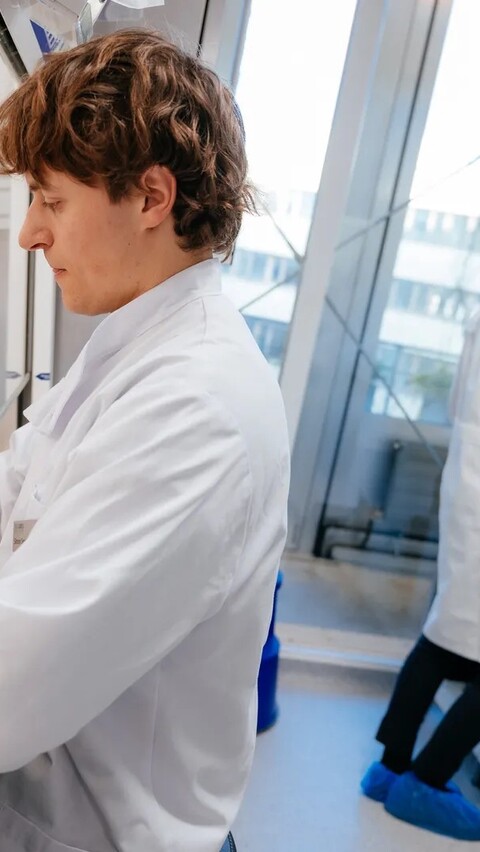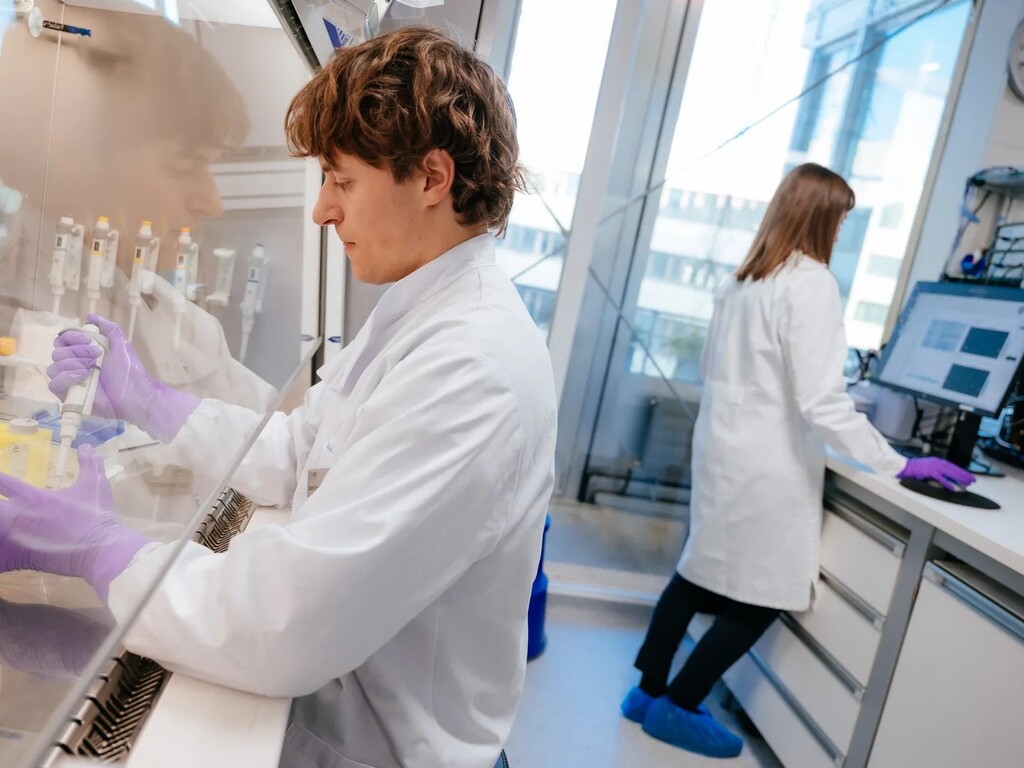

After Quantum, Is It the Brain? How Computing × Neuroscience Is Rewriting the Rules
From Switzerland: The Vision of MaxWell Biosystems AG, Using Brain Organoids to Unlock New Human-Machine Potential
What if computers didn’t just mimic the brain—but grew from it? A research team from Zurich-based MaxWell Biosystems AG was interviewed by WIRED Japan. The article explores their pioneering work with brain organoids—living neural tissues grown from human stem cells—hinting at a future where computing and neuroscience merge to create biocomputers that could surpass today’s AI.
MaxWell Biosystems AG, a company from Zurich, is working on a new kind of computer—one that’s based on the brain: They grow tiny brain-like tissues called “brain organoids” from human stem cells. These organoids aren’t full brains, but they can mimic how parts of the brain work. Scientists place them on a special chip covered with thousands of tiny electrodes. This chip, called HD-MEA, lets them watch how neurons send signals and even send signals back—like having a conversation with living brain cells.
This technology could change how we study the brain. It allows researchers to test how diseases like ALS affect brain activity and how certain medicines work, all without needing real human brains. In the future, doctors might grow a patient’s own brain organoid and test treatments on it—making medicine more personal and accurate.
Beyond healthcare, this approach could lead to a new kind of computer. Unlike today’s AI, which needs huge amounts of power, living brain cells can process complex information with very little energy. MaxWell’s vision of a “Brain Processing Unit” might one day give us smarter, greener technology—and a better understanding of what it means to think and learn. For more about brain networks on a chip, check out the Wired Japan article.
Photograph: Timothée Lambrecq